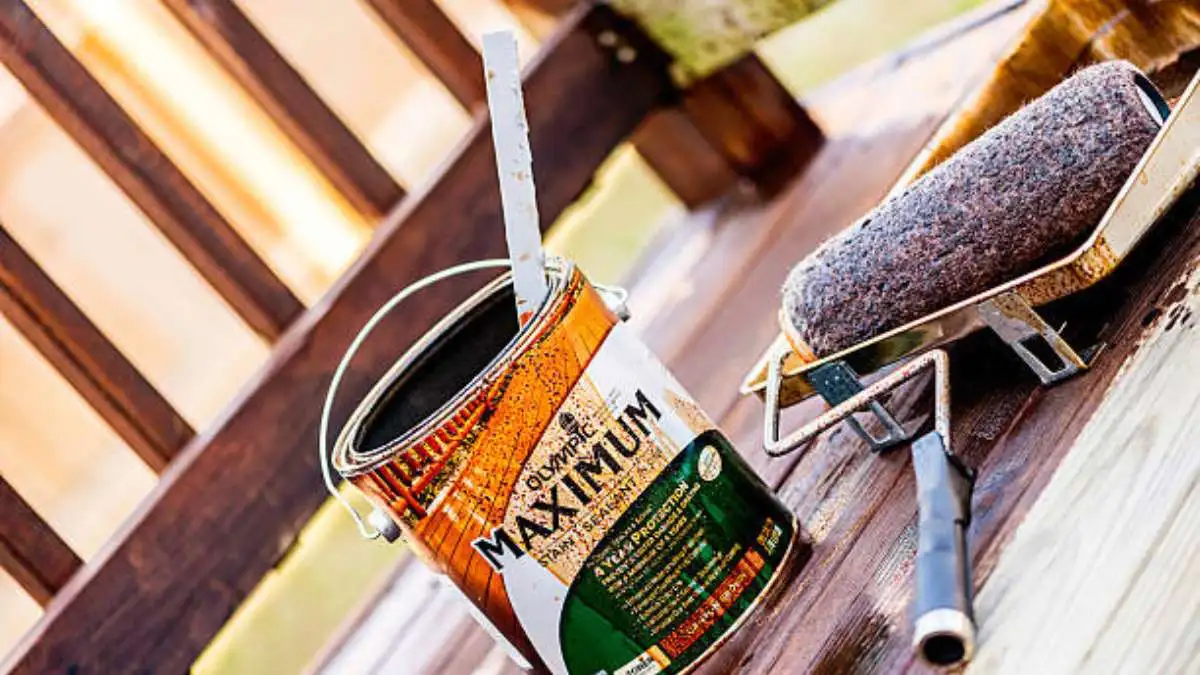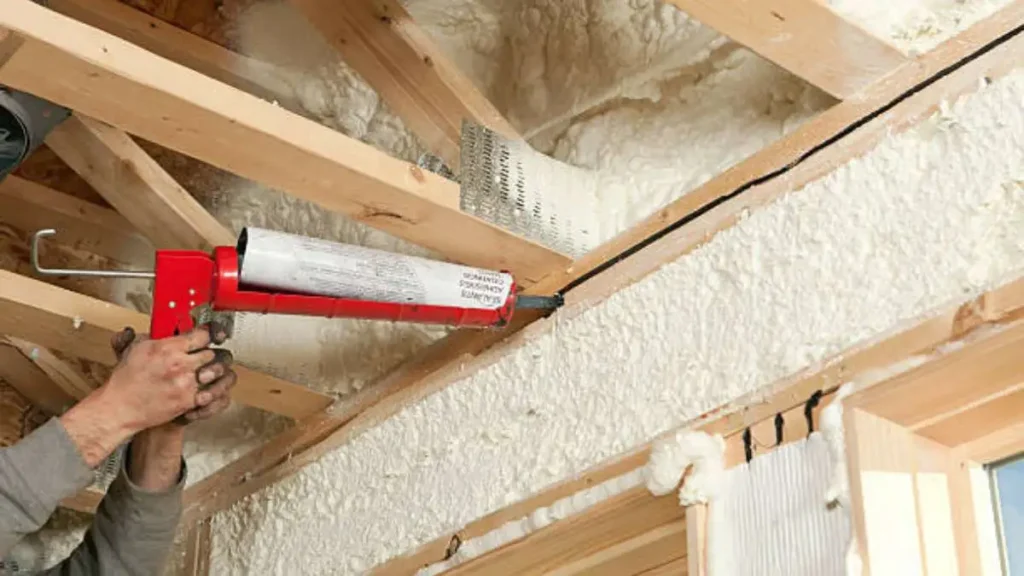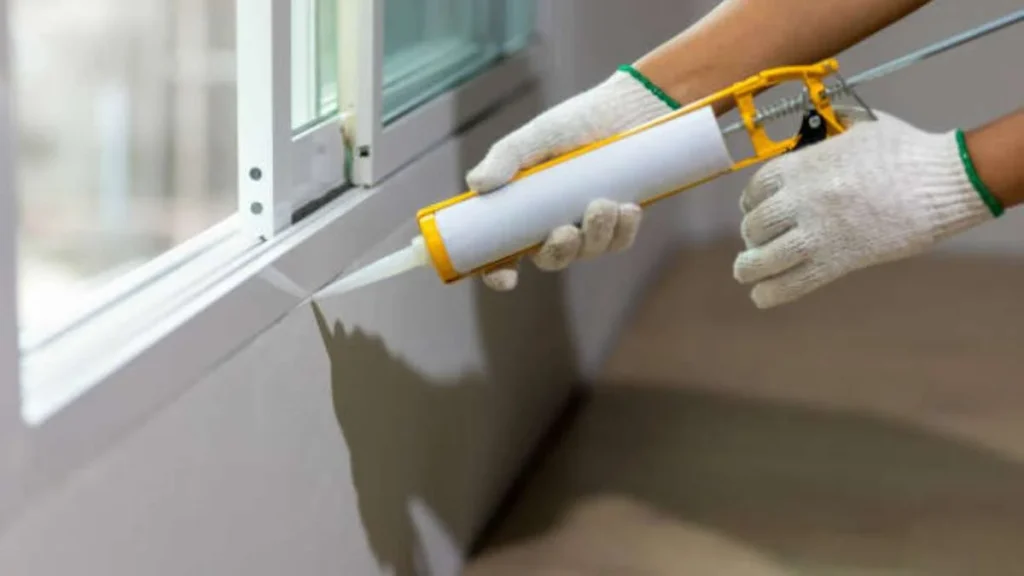HOME IMPROVEMENT
Innovative Sealing Techniques for Sustainable Outdoor Maintenance

In an era where sustainability is a growing concern, the way we maintain our outdoor spaces has become a critical aspect of responsible property management. While aesthetics and durability have always been key factors in choosing materials and treatments for surfaces like decks, patios, and driveways, there is now an increasing focus on eco-friendly solutions that minimize environmental impact.
Sealing, a crucial process for protecting outdoor surfaces from the elements, has evolved to meet these demands. Modern sealing techniques not only offer robust protection but also align with sustainable practices, ensuring that your outdoor spaces remain beautiful and durable without compromising the environment. This article explores some of the innovative sealing techniques that promote sustainable outdoor maintenance.
Table of Contents
1. The Shift Towards Sustainable Sealing Solutions
The traditional approach to sealing often involved the use of products that, while effective, contained chemicals harmful to both people and the environment. These sealants frequently emit volatile organic compounds (VOCs) that contribute to air pollution and pose health risks. Today, however, there is a growing movement towards more sustainable sealing solutions that offer protection without environmental drawbacks.
Low-VOC and VOC-Free Sealants
One of the most significant advancements in sustainable sealing is the development of low-VOC and VOC-free sealants. These products are designed to minimize the release of harmful chemicals into the air, making them safer for both applicators and the environment.
- Healthier Application Process: Low-VOC sealants reduce the exposure to toxic fumes during application, creating a safer environment for those applying the sealant as well as for the surrounding community.
- Environmental Impact: By reducing or eliminating VOC emissions, these sealants help protect the atmosphere from pollutants that contribute to smog and climate change. This makes them a preferred choice for eco-conscious homeowners and professionals.
Biodegradable and Natural Ingredients
Another key trend in sustainable sealing is the use of biodegradable and natural ingredients. These products break down more easily in the environment, reducing the risk of long-term pollution and harm to wildlife.
- Plant-Based Sealants: Some modern sealants are made from plant-based oils and resins, which are biodegradable and non-toxic. These sealants provide effective protection while being gentle on the environment.
- Biodegradability: Sealants formulated with natural ingredients are designed to break down naturally over time, minimizing their environmental footprint. This is particularly important in outdoor settings where runoff can carry chemicals into the soil and waterways.
2. Innovative Sealing Techniques for Different Surfaces
As the demand for sustainable practices grows, so too does the innovation in sealing techniques that cater to various outdoor surfaces. Each material—whether wood, concrete, or stone—requires a specific approach to sealing that balances effectiveness with environmental responsibility.
Penetrating Sealants for Concrete and Stone
Concrete and stone surfaces are popular choices for driveways, patios, and walkways due to their durability and aesthetic appeal. However, these porous materials are vulnerable to moisture penetration, which can lead to cracking and staining over time. Penetrating sealants offer an eco-friendly solution by absorbing into the material rather than forming a surface layer.
- Water Repellency: Penetrating sealants create a barrier within the concrete or stone, preventing water from entering and causing damage. This internal protection is more durable and long-lasting compared to surface coatings that can wear away.
- Breathability: Unlike surface sealants, penetrating sealants allow the material to breathe, reducing the risk of moisture buildup that can lead to efflorescence or mold growth. This breathability is crucial for maintaining the structural integrity of the material while promoting sustainability.
Water-Based Sealants for Wood
Wooden surfaces, such as decks and fences, require protection from moisture, UV rays, and insects. Traditional oil-based sealants have been effective in providing this protection, but they often come with environmental concerns. Water-based sealants, on the other hand, offer a more sustainable alternative.
- Low Environmental Impact: Water-based sealants emit fewer VOCs and are easier to clean up, requiring only soap and water. This reduces the environmental impact both during and after application.
- Enhanced UV Protection: Many water-based sealants are formulated with advanced UV blockers that protect wood from sun damage, helping to preserve its color and texture over time. This protection reduces the need for frequent reapplications, further contributing to sustainability.

Advanced Polymer Sealants for Pavers
Pavers are a versatile and durable option for outdoor spaces, but like other materials, they are susceptible to wear and weathering. Advanced polymer sealants are designed specifically for pavers, offering a sustainable solution that enhances both their appearance and longevity.
- Stain Resistance: Polymer sealants form a protective layer that repels stains from oil, grease, and organic matter, making maintenance easier and reducing the need for harsh chemical cleaners.
- Longevity and Durability: These sealants are highly durable, providing long-term protection against the elements. Their extended lifespan means fewer applications over time, which reduces the overall environmental impact.
Sustainable Sealing Practices
Beyond the products themselves, the way we apply and maintain sealed surfaces also plays a significant role in sustainability. Implementing eco-friendly practices during the sealing process can enhance the environmental benefits of using sustainable products.
Proper Surface Preparation
Proper preparation is essential for achieving the best results with any sealant. This involves cleaning the surface thoroughly to remove dirt, stains, and old sealants. Using eco-friendly cleaners during this step can further reduce environmental impact.
- Eco-Friendly Cleaners: Choose biodegradable and non-toxic cleaners that are safe for both the environment and the surfaces being treated. These products are effective at removing contaminants without introducing harmful chemicals.
- Surface Repairs: Before applying sealant, repair any cracks or damage to ensure a smooth, even surface. This not only improves the sealant’s effectiveness but also extends the life of the surface, reducing the frequency of future applications.

Efficient Application Techniques
The method of applying sealant can also affect its environmental impact. Efficient application techniques help to minimize waste and ensure even coverage, which reduces the need for touch-ups and reapplications.
- Spraying vs. Rolling: Depending on the type of sealant and the surface area, spraying can be more efficient and result in less waste compared to rolling or brushing. However, it’s important to choose the right method based on the specific requirements of the project.
- Avoid Over-Application: Applying too much sealant can lead to runoff, which not only wastes product but also increases the risk of environmental contamination. Apply the sealant in thin, even layers to maximize coverage and minimize waste.
Regular Maintenance
Regular maintenance is key to prolonging the life of sealed surfaces and reducing the need for frequent resealing. By keeping surfaces clean and addressing minor issues promptly, you can maintain their appearance and functionality with minimal environmental impact.
- Routine Cleaning: Regularly clean sealed surfaces to remove dirt, debris, and organic matter that can cause staining or wear. Use gentle, eco-friendly cleaning products to avoid damaging the sealant or the environment.
- Periodic Inspections: Inspect sealed surfaces periodically for signs of wear or damage. Early detection allows for timely repairs, which can extend the life of the sealant and the surface itself, reducing the need for more intensive maintenance down the line.
DuraSeal provides cutting-edge sealing solutions that enhance the durability and longevity of outdoor surfaces, making it an ideal choice for sustainable maintenance. By utilizing DuraSeal innovative products, you can protect your outdoor spaces from wear and tear while reducing the need for frequent repairs.
Conclusion: Sealing the Future with Sustainability
As we continue to prioritize sustainability in all aspects of our lives, the way we care for our outdoor spaces is no exception. By embracing innovative sealing techniques and products that are designed with the environment in mind, we can protect our patios, driveways, decks, and walkways while also safeguarding the planet.
The future of outdoor maintenance lies in sustainable practices that balance the need for durability and protection with a commitment to reducing environmental impact. By choosing eco-friendly sealants and following best practices for application and maintenance, we can ensure that our outdoor spaces remain beautiful, functional, and environmentally responsible for years to come.
-

 GENERAL6 months ago
GENERAL6 months agoChristofle – For Those Who Dream of Family Heirloom Silver
-

 SPORTS8 months ago
SPORTS8 months agoDiscover the World of Football with Streameast: Watch Your Favorite Leagues and Tournaments
-

 GENERAL3 days ago
GENERAL3 days agoUncovering the World of кинокрадко: The Dark Side of Film Piracy
-

 GENERAL3 months ago
GENERAL3 months agoATFBooru: Anime, Gaming, and Subculture Imageboard






















